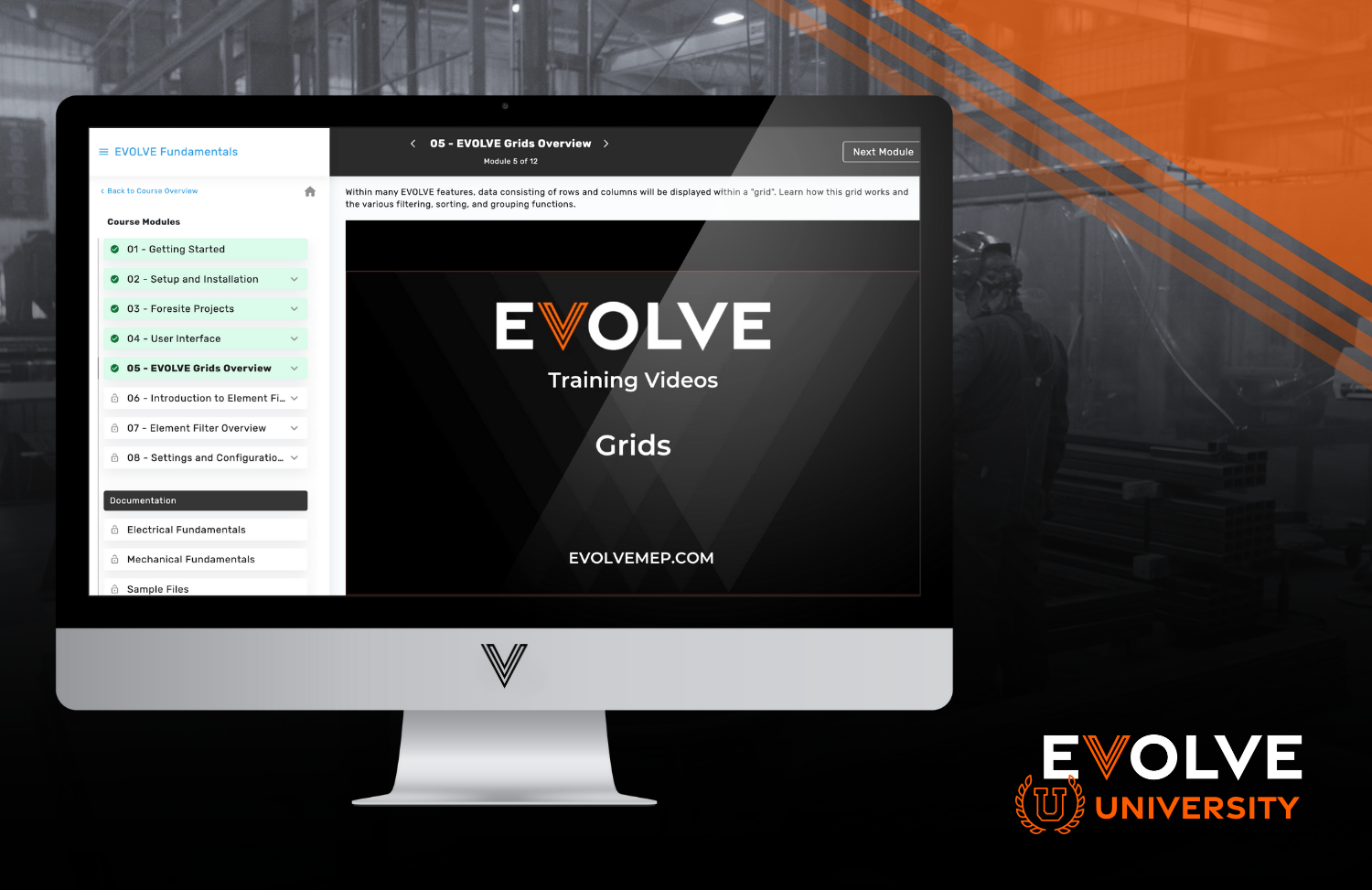In the gritty world of construction, where every nail and beam counts, there's no room for slip-ups. A single hiccup in the project management process can burn a hole in your wallet and spark arguments that'd make a drill bit blush.
If your documents are all over the place, difficult to update or sync, or if your team has difficulty accessing the most up-to-date documents you’re off to a bad start! Let's talk about the top four challenges that construction teams report facing when it comes to document management- and how you can tackle those issues.
Lack of Integration One of the most pressing issues in construction document management is the lack of integration among various software applications used in the field. As reported in the Aurodesk eBook “A Beginner’s Guide to Connecting Construction Data and Documents” a mere 6% of contractors report having all their applications seamlessly integrated, according to industry data. This fragmented tech landscape leads to inefficiencies, data silos, and redundant data entry.
Solution: Invest in construction management software that offers robust integration capabilities. Integrated solutions streamline data sharing between different software tools, reducing manual data transfer and the risk of errors. By centralizing data, teams can access real-time information, enhancing collaboration and decision-making.
Manual Data Transfer A staggering 49% of construction professionals admit to transferring data manually, while 45% resort to using spreadsheets. Manual data transfer is not only time-consuming but also prone to errors. In an industry where precise information is vital, relying on manual methods is a recipe for inefficiency and mistakes.
Solution: Automate data transfer as much as possible. Programs such as 360 Sync allows for seamless data exchange between various tools and eliminates the need for manual entry. With this program users can easily transfer files across BlueBeam, Procore, Microsoft Teams, and many more! By automating the repetitive task of updating files across multiple platforms, you can free up valuable time and reduce the risk of human error.
Reliance on Spreadsheets and Old-School Methods Surprisingly, 63% of construction professionals still rely on either manual processes or spreadsheets to collect data on the job site. While spreadsheets can be versatile, they lack the specialized features needed for construction document management, leading to inefficiencies and potential inaccuracies.
Solution: Transition to purpose-built construction management software that provides tailored solutions for data collection, reporting, and analysis. These tools are designed to address the unique needs of construction projects, enabling teams to streamline processes, capture critical data, and generate accurate reports with ease.
Manual Daily Reporting Nearly 50% of construction professionals prepare daily reports manually, a laborious and time-consuming process that is susceptible to errors. Daily reports are essential for tracking project progress, documenting issues, and ensuring compliance, making accuracy crucial.
Solution: Leverage file management software that offers automated daily reporting features. These tools enable field personnel to input data directly into digital forms, which are then automatically compiled into comprehensive daily reports. Automated reports not only save time but also enhance accuracy and consistency.
Efficient construction document management is a linchpin for successful projects. To overcome the industry's top hurdles, construction professionals should invest in integrated software solutions, automate data transfer, and transition away from manual processes and spreadsheets.
360 Sync rolls all of these features into a single, easy-to-use platform. With visual aids to help you easily build file synching automation 360 Sync ensures that construction teams spend more time executing and less time looking for the right files. Check out this interactive demo to walk through step-by-step how to build file synching automation in 360 Sync and see how easy it is for yourself!
What is a common data platform and why is it essential for construction teams? As any construction manager will tell you- if you do not have your files and documents well-organized your project will lack the foundation for success. Working on multiple platforms can create fragmentation making it difficult for teams to access the most up-to-date versions of their files. Working across multiple platforms also requires lots of manual effort to ensure that files are organized properly and updated in a timely manner. The solution to these problems is a common data platform.
A common data platform (CDP) refers to a centralized digital system or infrastructure that facilitates the collection, storage, sharing, and management of data and information related to construction projects. This means your teams can access files all from a single place! platform for all stakeholders involved in construction projects, including architects, engineers, contractors, subcontractors, project managers, and owners. Here's why a Common Data Platform is essential for construction teams:
Data Centralization: Construction projects generate vast amounts of data, including architectural plans, engineering drawings, project schedules, budget information, and more. A CDP centralizes all this data, making it easily accessible to all team members from a single location. This reduces data silos and ensures that everyone is working with the most up-to-date information.
Collaboration: Collaboration is critical in construction, as many different parties need to work together seamlessly. A CDP provides tools and features for real-time collaboration, allowing team members to share documents, comment on designs, and communicate effectively. This streamlines communication and reduces the risk of miscommunication or errors.
Version Control: Construction projects often involve multiple versions of documents and designs. A CDP helps manage version control, ensuring that everyone is working with the correct and latest versions of documents. This reduces the risk of errors and rework.
Data Security: Construction projects involve sensitive information, such as project budgets, contracts, and proprietary designs. A CDP can include robust security measures to protect this data from unauthorized access or breaches, helping to maintain the confidentiality and integrity of project information.
Efficiency: A well-implemented CDP can significantly improve project efficiency. Team members can access the information they need quickly, reducing downtime and delays. It also streamlines administrative tasks, such as document management and approval workflows.
Data Analytics: A CDP can integrate data analytics tools that allow construction teams to gain insights from project data. This can help identify trends, optimize processes, and make data-driven decisions, ultimately leading to better project outcomes.
Cost Management: Construction projects involve budgeting and cost tracking. A CDP can help teams monitor project expenses in real-time, track changes, and identify cost-saving opportunities, ultimately helping to control project costs.
Compliance and Documentation: Construction projects often require adherence to regulatory and compliance standards. A CDP can facilitate the documentation of compliance measures, making it easier for teams to demonstrate that they are following industry regulations.
Asset Management: Beyond the construction phase, a CDP can also be valuable for asset management, helping owners and facility managers keep track of maintenance schedules, equipment manuals, and other critical information related to the built environment.
Common Data platform, or system, is essential for construction teams because it streamlines collaboration, centralizes project data, enhances efficiency, improves security, and provides valuable insights that can lead to better project outcomes. It addresses the unique challenges of the construction industry by offering a comprehensive solution for managing data and information throughout the project lifecycle.
360 Sync makes getting all your files into one place simple! With the ability to connect to BlueBeam, Procore, Autodesk, SharePoint, PlanGrid and more, synching your files to a single location has never been easier! We give you the tools to build file syncing automation to give you more time back in your day and to make sure your team can easily access the most up-to-date documents!





